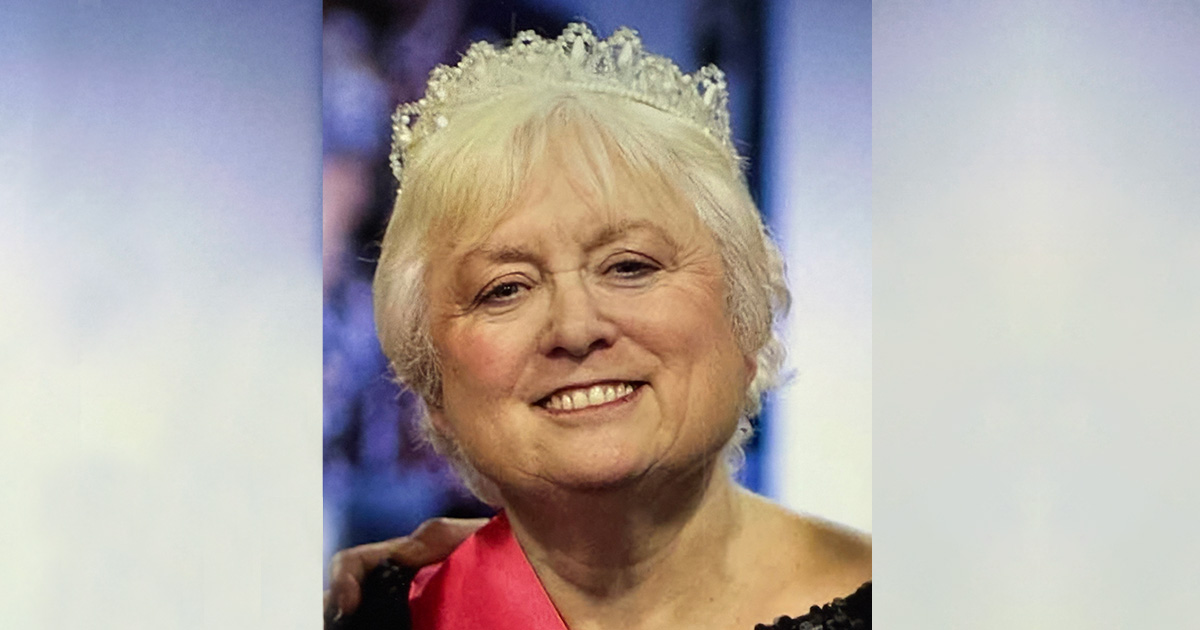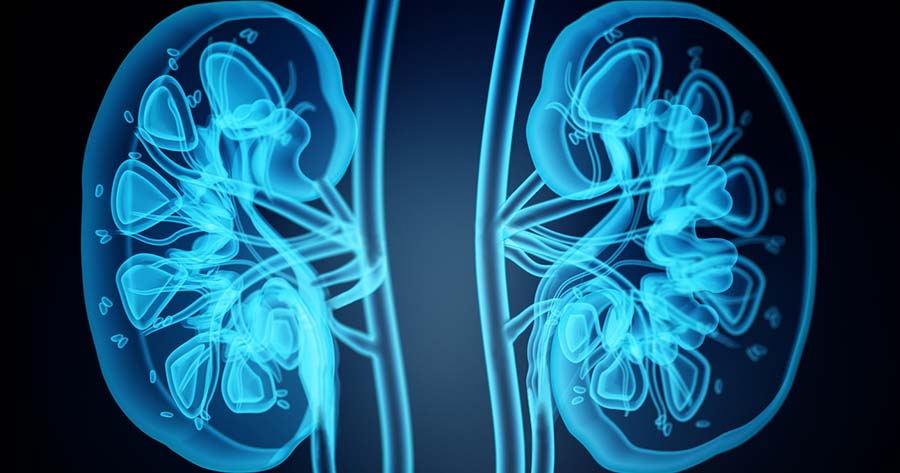Brunei Darussalam (Brunei) is a small country (5765km2), lying on Borneo’s northwestern shore
(Figure 1), with a population of just under 360 000 (Government of Brunei, 2006). The country’s climate is characterised by a uniform high temperature and high humidity. Brunei is one of the richest and most stable countries in the world, with large resources of crude oil and natural gas.
The author’s practice population includes almost 2000 people, with half being army personnel (75% of whom are Gurkha soldiers from Nepal) and Ministry of Defence civilians, and the remainder being their family members. While the Medical Reception Station (MRS) where the author works provides primary healthcare services, secondary care is, in the main, provided by the Brunei healthcare system, with the local hospital being in the town of Kuala Belait.
A diabetes clinic in Brunei
The author and her colleagues have recently set up a specialist diabetes clinic, using National Service Framework for diabetes guidelines (Department of Health, 2001). The author spent a morning sitting in on a diabetes clinic at Kuala Belait hospital, to compare it with her previous experiences and to highlight any differences between the approach to care in this clinic and that in the specialist clinic that she helped to set up.
Clinics at Kuala Belait hospital are run twice weekly, on Wednesday mornings and Friday afternoons. They are managed by a diabetes nurse educator (DNE). She has a background as a general nurse and midwife. Her first language is Malay and she has a good English vocabulary and comprehension. Her training for this specific post was a certified course of 6 months’ duration, sponsored by a pharmaceutical company, which involved working with the diabetes team in Bandar Seri Begawan (the capital), Tutong and Kuala Belait, on a 2-month rotation. There are currently nine DNEs working in hospitals throughout Brunei.
The designated office of the DNE for the diabetes clinic at Kuala Belait, which has wheelchair access, displays several educational wall posters and teaching aids, all in English. People with diabetes are referred to the DNE from the consultant physician, whom they see approximately every 8 weeks. There are no paediatric DNEs so the DNE’s patient age range is wide. Her main role is to promote normoglycaemia, which proves to be a difficult task.
Blood glucose monitoring
Very few people attending the clinic have their own blood glucose meter. They are an expensive item in Brunei, with an initial purchase cost equivalent to around £63 and the ongoing expense of lancets and strips. One person with type 1 diabetes described how she had to travel across the border to East Malaysia (over 1 hour’s drive away) in order to purchase strips for her relatively old meter at a cost of £17 for twenty. She cannot afford to check her blood glucose more than once a week.
Because of the associated costs, the majority of people are obliged to attend hospital clinics for blood glucose monitoring, at a frequency ranging from once weekly to once monthly, according to glycaemic control and clinic availability. There are no diaries given for home monitoring; the people who do manage to do home monitoring, who are very few in number, are given a sheet of paper to take home and fill out.
The hospital has a set of ten blood glucose meters which are lent only to pregnant individuals who develop gestational diabetes. These individuals are asked to check their blood glucose levels seven times a day – which involves both preprandial and postprandial tests – and appear to be very strictly monitored. Their target range is 5–6mmol/l.
Oral agents
The majority of people with type 2 diabetes are prescribed metformin as first-choice monotherapy. Acarbose appears to be used infrequently in combination with metformin. Oral hypoglycaemic agents are used for an average of 10 years before conversion to insulin therapy, irrespective of glycaemic control.
Insulin
The only types of insulin used are soluble insulin and isophane insulin or a combination of both. There are no rapid- or long-acting analogues available
A handful of people use a self-injecting pen device to administer their insulin; most of these have been acquired when travelling outside Brunei. Purchasing needles and insulin cartridges is again difficult and costly. Insulin is usually self-administered via a disposable plastic syringe and needle, which are supplied free of charge by local hospitals.
There are no supplies of sharps boxes for needle disposal. Individuals are requested to use an empty detergent or fizzy drink container, which, once full, should be either disposed of by burning it themselves or brought back to the hospital.
The author’s morning at the clinic
Eight people were seen that morning, with the average consulting time being 10–15 minutes. None were offered blood pressure screening or urinalysis and there was no discussion or checks on either injection sites or feet and footwear.
Most people attended with one or more family members, and all were involved in the management discussions. Emphasis appeared to be placed on dietary intake rather than regular exercise, and each person with diabetes was given a sample of sugar-free sweets to try. A useful diagrammatic desk-top flip-chart was used to illustrate long-term complications associated with poor dietary compliance. This was in English, although Malay is the spoken language at the clinic.
Random blood glucose monitoring was performed by the DNE on only two of the eight individuals using a lancet on the pad of the digit, without the aid of a mechanical finger prick device.
The first person’s postprandial result was 13.6mmol/l, his most recent HbA1c measurement was 11.5% and he was taking biphasic isophane insulin. He was told to return to the clinic in 2 weeks’ time for repeat blood glucose monitoring, and no alteration to his current insulin regimen was suggested. The second person’s postprandial result was 18.3mmol/l. This person was advised to reduce dietary intake for that day and return to the clinic that afternoon. There is no facility to assess urinary ketones. Most of the patients seen that morning had had a recent HbA1c result of over 12%. This test is performed every 3–6 months, prior to seeing the physician.
This contrasts with the specialist clinic set up in the MRS, which encourages more regular blood glucose moitoring, more stringent targets for HbA1c and a comprehensive range of oral hypoglycaemic agents and insulin therapy, including insulin aspart and long-acting analogues. Together with a full examination, health promotion and disease management guidance, this service aims to be equivalent to that of the UK.
Other services
In addition to the diabetes clinic at Kuala Belait hospital, the podiatrist holds a clinic at the hospital once a month for people with diabetes, but they are only seen if management of their condition is proving problematic. Eye tests are performed at yearly intervals. All patients are referred to the dietitian. He has recently qualified in the UK and during discussions with the author has vocalised growing concerns about the level of obesity in Brunei, stating that in 1997 the proportion of the population having a body mass index (BMI) >25kg/m2 was over 40%. Moreover, he believes this level to be steadily increasing.
The dietitian is currently undertaking a comparative study of 20 patients over a 6-month period. Half are following a low-carbohydrate diet, and the others a low fat-diet. Their HbA1c and BMI will be recorded at the start and completion of the study. There is no ethics committee, as such, from which to seek approval, for any research activity.
The overall picture in Brunei
The health service in Brunei is generally regarded as one of the better services in the Far East, but the experience of the author suggests that the main focus of diabetes care is reactive rather than proactive, with limited primary prevention strategies and emphasis on healthcare delivery at the first contact. However, the National Health Care Plan for 2000–2010, formulated in March 1999, does contain some directives on disease prevention as well as management. Following its publication, a ‘one-stop’ diabetes centre has been set up in the principal hospital in Bandar Seri Begawan. This provides centralised access to consultants, DNEs, dietitians, podiatrists and an obesity clinic, which can all be seen in the same day.
The citizens of Brunei enjoy free health care in all government hospitals and health clinics, but immigrant workers, of whom there is a large number, are obliged to pay. Today, the main cause of death in Brunei is heart disease; diabetes is rated as the third biggest cause (World Health Organization, 2004).
There are limited pavements to enjoy safe walking and high temperatures and humidity, meaning that exercise can be unsafe and possibly uncomfortable. In the author’s experience, most families have several cars (petrol is very cheap) and use them for door-to-door transportation.
In the author’s experience, the availability of low-fat foods is poor in Brunei and many foods have a high sugar content. Although rice and noodles make up the majority of the diet, jams and sweet cakes are favourite foods. Low-calorie drinks are particularly difficult to find in the supermarkets.
A comparison with the UK
Following the author’s experiences working in Brunei, she now has a much better understanding of the differences between Brunei and UK in the management of diabetes, which, in particular, has helped her to highlight current limitations in Brunei. She has shared this knowledge with her colleagues in order to improve the quality of their own specialist clinic for people with diabetes within their MRS.
The author has seen how fortunate we are in the UK, with health awareness campaigns blazing from every corner: the television, magazines, road shows and even through our letter boxes. People with diabetes have free blood glucose meters with lifetime guarantees, all the latest equipment and resources, and access to up-to-date developments in diabetes at their fingertips.




NHS England to allow weight-loss injections for prioritised patient cohorts from late June.
5 Apr 2025